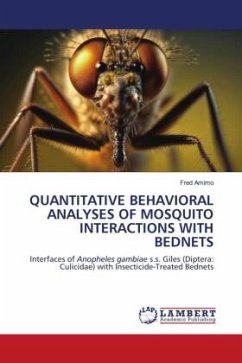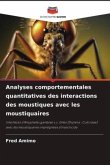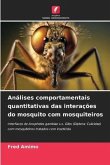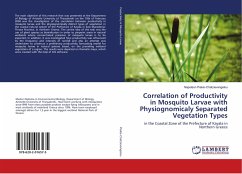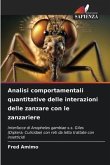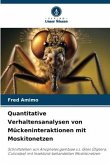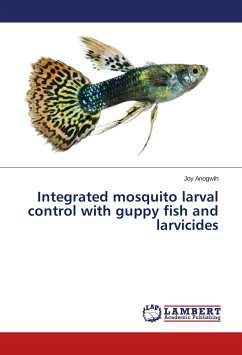This study explored behaviors of female mosquitoes of the species Anopheles gambiae s.s. interacting with various insecticide-treated bed nets. Conditions progressed in complexity from small static cages and a wind tunnel with screen nettings, to a house-scale four choice arena in Western Kenya, fitted with bed nets. In laboratory tests, each female mosquito was introduced in the arena during the last 2 h of photophase and observed continuously for a period of time; frequencies, durations, and locations of behavior were recorded using the Observer software (Noldus, http: www.noldus). Female mosquitoes were released in a central courtyard of the house arena and their room occupancy, as well their mortality recorded. In the small arenas all ITNs elevated flying behavior. Mosquitoes showed no evidence that they could detect insecticide from a distance or avoid approaching it. In the wind tunnel they flew upwind with or without insecticide in the plume of host cues. Mosquitoes occupied rooms equally with or without treated nets and their mortality was significant. Overall, this research demonstrated that the mode-of-action of ITNs is lethality, not avoidance.
Bitte wählen Sie Ihr Anliegen aus.
Rechnungen
Retourenschein anfordern
Bestellstatus
Storno

